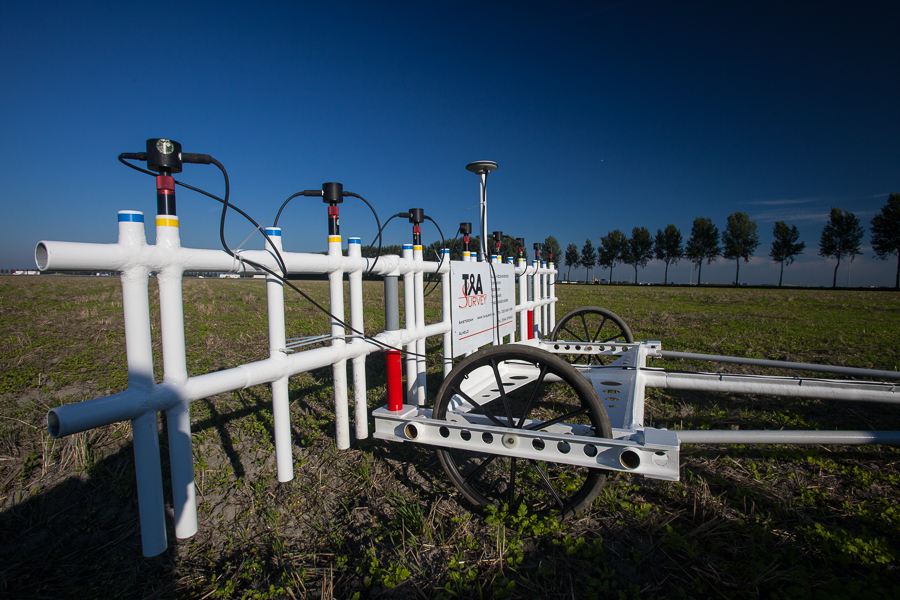 There are various techniques for mapping the subsurface or constructions. Based on our knowledge and practical experience we determine which technique will be most succesful for each investigation. Important factors to take into consideration are for example depth, specific circumstances, precision, measurement speed and costs.
There are various techniques for mapping the subsurface or constructions. Based on our knowledge and practical experience we determine which technique will be most succesful for each investigation. Important factors to take into consideration are for example depth, specific circumstances, precision, measurement speed and costs.